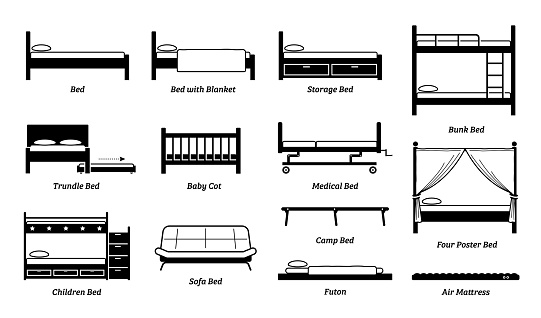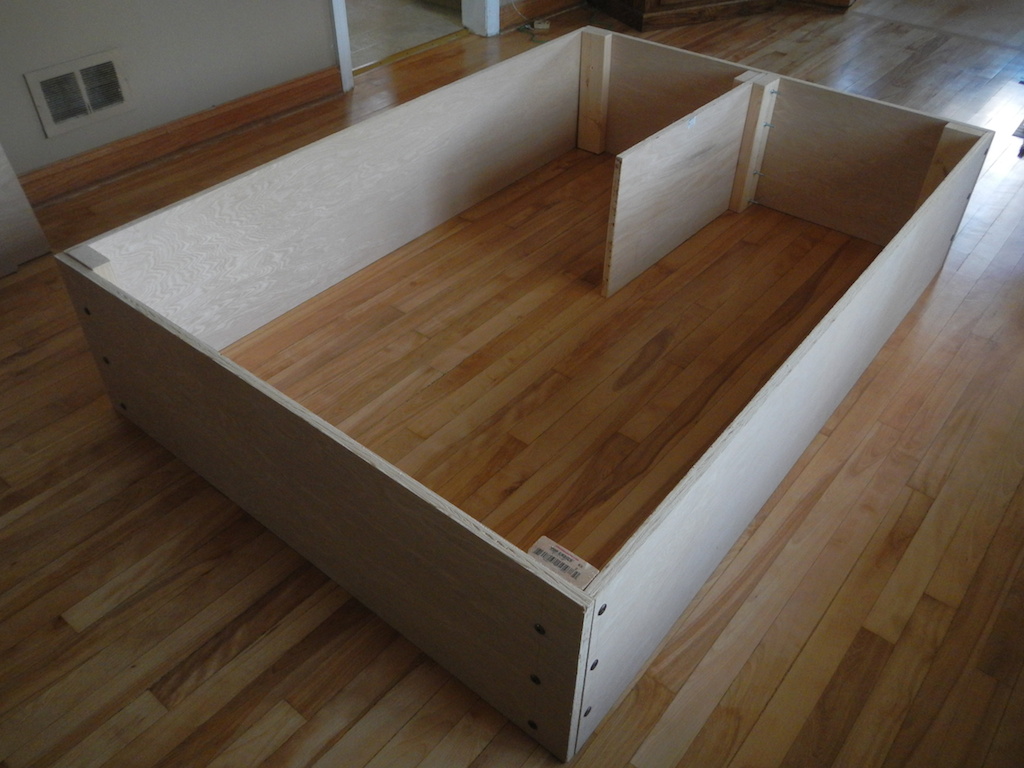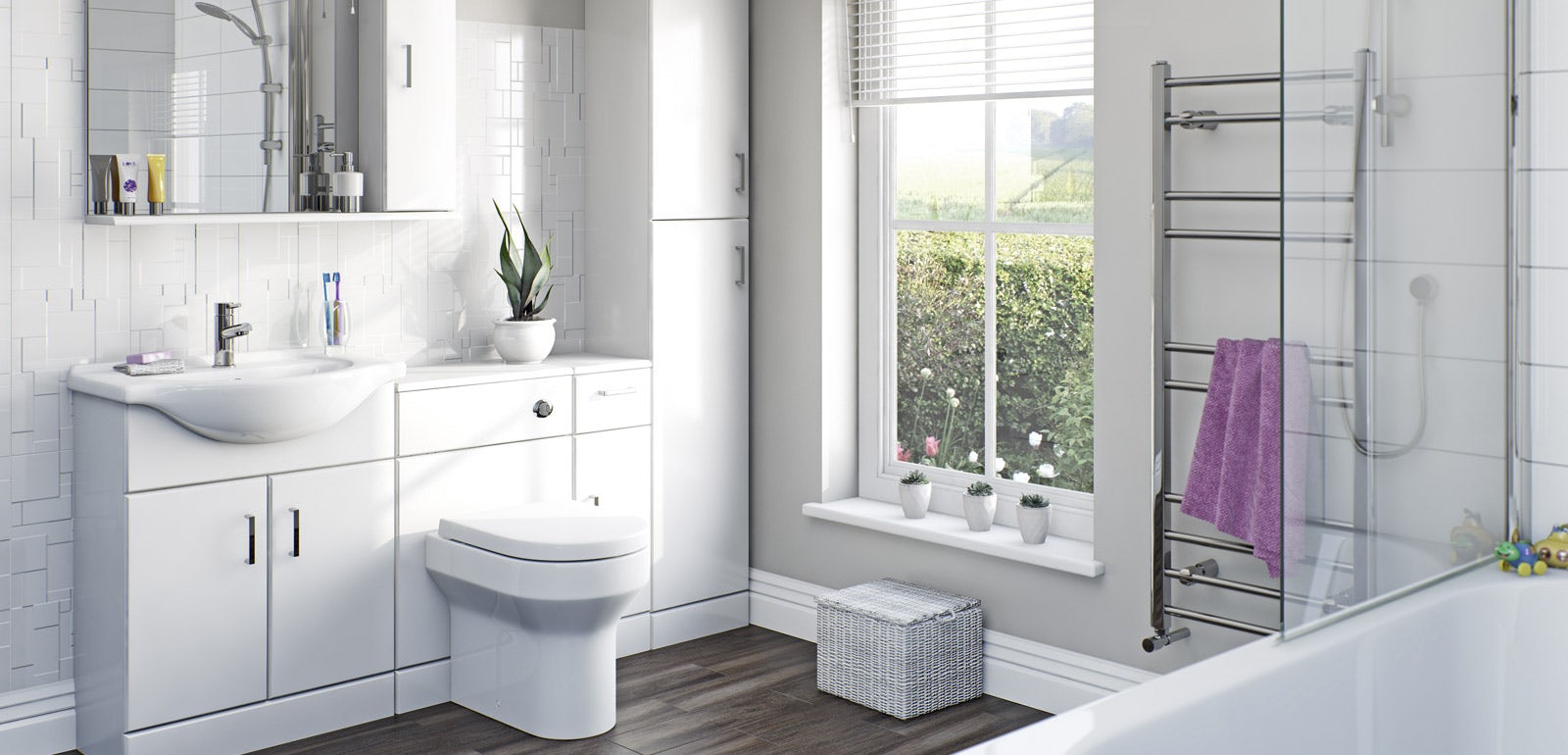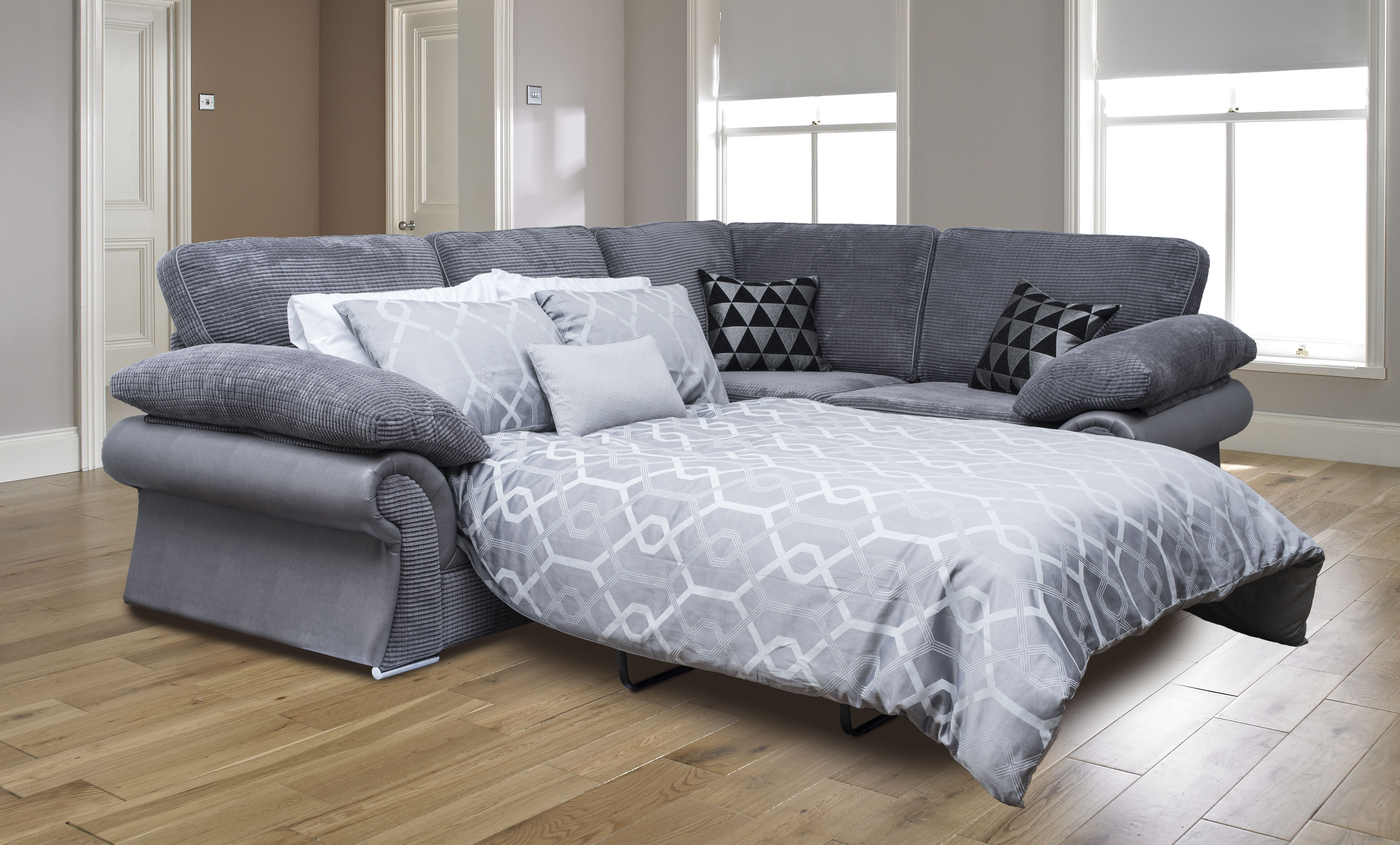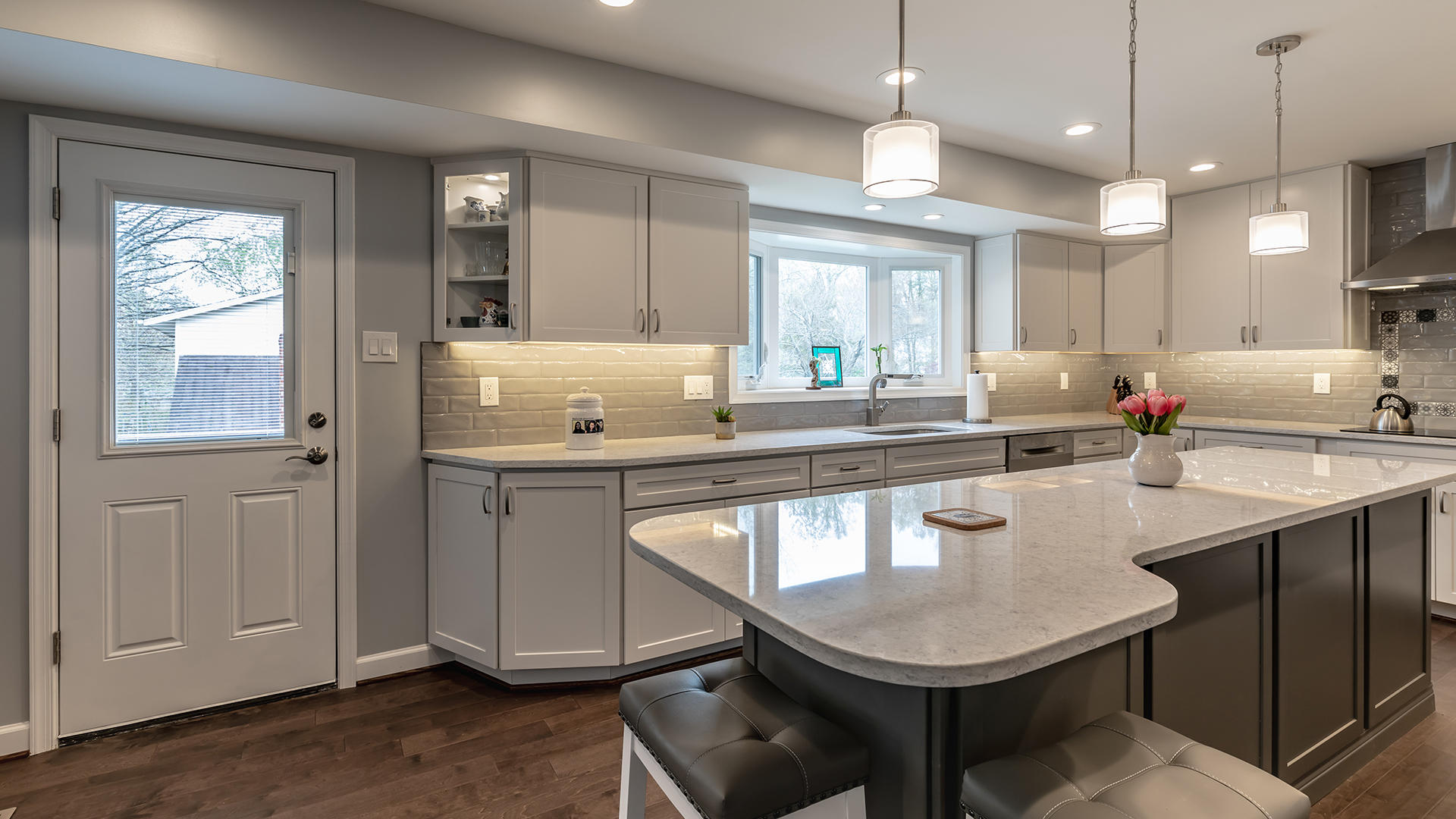One of the main cons of pillow top mattresses is that they may lack the necessary support for some individuals. While the added layer of padding on top can provide a plush and comfortable feel, it may not be enough to properly support the body during sleep. This can lead to back pain and discomfort for those who require firmer support for their spine.1. Lack of support
For those who prefer a firmer sleeping surface, pillow top mattresses may not be the best option. The extra cushioning on top can make the bed feel too soft, causing the body to sink in and potentially leading to discomfort and disrupted sleep. This is especially true for those who are used to sleeping on a firm mattress.2. Can be too soft for some sleepers
The added layer of padding on pillow top mattresses can make them more prone to retaining heat. This can be uncomfortable for sleepers, especially during warmer months or for those who naturally sleep hot. The extra cushioning can trap body heat and make the bed feel uncomfortably warm, leading to disrupted sleep.3. May retain heat
Due to the extra cushioning, pillow top mattresses can be difficult to move on. This can make it challenging to change positions during sleep, which can be an issue for those who tend to toss and turn throughout the night. This can also be a concern for couples who may disturb each other's sleep when moving on a pillow top mattress.4. Can be difficult to move on
Pillow top mattresses may not be the best choice for heavier individuals. The added cushioning may not provide enough support for those with a higher body weight, leading to sagging and discomfort. This can also lead to a shorter lifespan for the mattress, as it may not hold up well under the weight of a heavier sleeper.5. May not be suitable for heavier individuals
Compared to traditional mattresses, pillow top mattresses can be more expensive. This is due to the extra layer of padding and materials used, which can increase the overall cost. For those on a budget, a pillow top mattress may not be the most cost-effective option.6. Can be more expensive than traditional mattresses
Due to the added cushioning and materials, pillow top mattresses may have a shorter lifespan than traditional mattresses. This is especially true for those who are heavier or those who frequently rotate their sleeping positions. The extra weight and movement can cause the padding to wear out faster, leading to a less supportive and comfortable sleeping surface over time.7. May have a shorter lifespan
With pillow top mattresses, finding the right level of firmness can be a challenge. As the added cushioning can vary in thickness and density, it can be difficult to determine which one will provide the best support and comfort for your body. This can lead to trial and error when trying to find the perfect pillow top mattress.8. Can be difficult to find the right level of firmness
For those who sleep on their stomach, pillow top mattresses may not be the best option. The added cushioning can cause the body to sink in and put strain on the back, leading to discomfort and potential back pain. Stomach sleepers may need a firmer surface to keep their spine properly aligned.9. May not provide enough support for stomach sleepers
Pillow top mattresses may require a specific type of bed frame to provide proper support and prevent sagging. This can be an added expense for those who don't already have a compatible bed frame. Additionally, the extra weight and thickness of a pillow top mattress may not be suitable for certain bed frames, making it necessary to purchase a new one.10. May require a specific type of bed frame
The Cons of Pillow Top Mattresses: A Closer Look

Not Suitable for All Sleeping Positions
 While pillow top mattresses may provide a plush and comfortable sleeping surface, they may not be suitable for all sleeping positions. The added layer of padding can create a sinkhole effect, causing the body to sink too deeply into the mattress. This can result in the spine being misaligned, leading to discomfort and potential long-term health issues. Side sleepers may find pillow top mattresses too soft, while stomach sleepers may find it difficult to maintain proper spinal alignment.
While pillow top mattresses may provide a plush and comfortable sleeping surface, they may not be suitable for all sleeping positions. The added layer of padding can create a sinkhole effect, causing the body to sink too deeply into the mattress. This can result in the spine being misaligned, leading to discomfort and potential long-term health issues. Side sleepers may find pillow top mattresses too soft, while stomach sleepers may find it difficult to maintain proper spinal alignment.
May Not Last as Long as Traditional Mattresses
 Pillow top mattresses are typically made with a layer of foam or fiberfill on top of the inner coil or spring system. While this extra layer may provide added comfort, it can also be prone to wear and tear over time. The padding may compress and lose its shape, resulting in a lack of support and comfort. This can lead to the need for a replacement mattress sooner than expected, making it a less cost-effective option in the long run.
Pillow top mattresses are typically made with a layer of foam or fiberfill on top of the inner coil or spring system. While this extra layer may provide added comfort, it can also be prone to wear and tear over time. The padding may compress and lose its shape, resulting in a lack of support and comfort. This can lead to the need for a replacement mattress sooner than expected, making it a less cost-effective option in the long run.
Higher Price Points
 Due to the added materials and construction, pillow top mattresses tend to come with a higher price tag compared to traditional mattresses. This may not be feasible for some budget-conscious individuals. Additionally, the extra padding can make the mattress heavier and more difficult to move, making it less convenient for those who like to rearrange their bedroom furniture frequently.
In Conclusion
While pillow top mattresses may offer a luxurious and comfortable sleeping experience, they may not be the best option for everyone. It is important to consider your sleeping position and budget before investing in a pillow top mattress. It may also be beneficial to try out different types of mattresses to find the best fit for your individual needs.
Due to the added materials and construction, pillow top mattresses tend to come with a higher price tag compared to traditional mattresses. This may not be feasible for some budget-conscious individuals. Additionally, the extra padding can make the mattress heavier and more difficult to move, making it less convenient for those who like to rearrange their bedroom furniture frequently.
In Conclusion
While pillow top mattresses may offer a luxurious and comfortable sleeping experience, they may not be the best option for everyone. It is important to consider your sleeping position and budget before investing in a pillow top mattress. It may also be beneficial to try out different types of mattresses to find the best fit for your individual needs.


















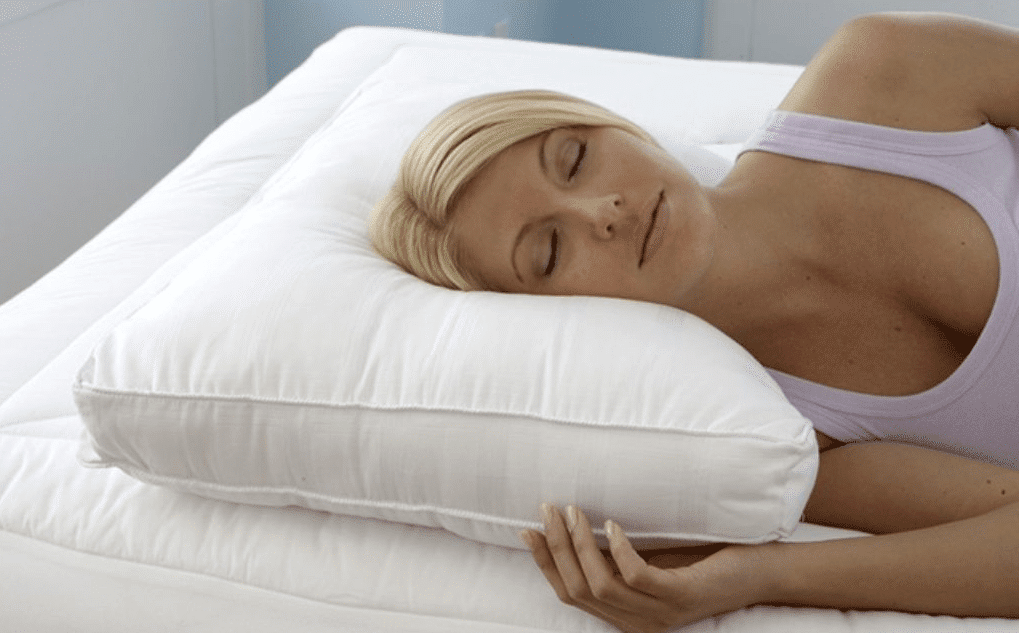




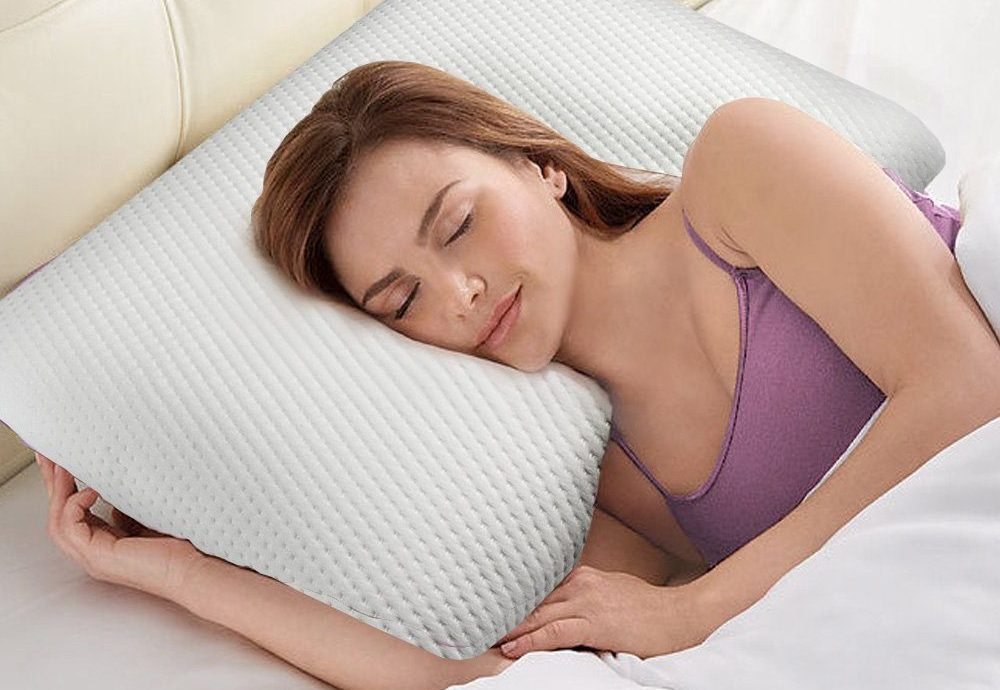





























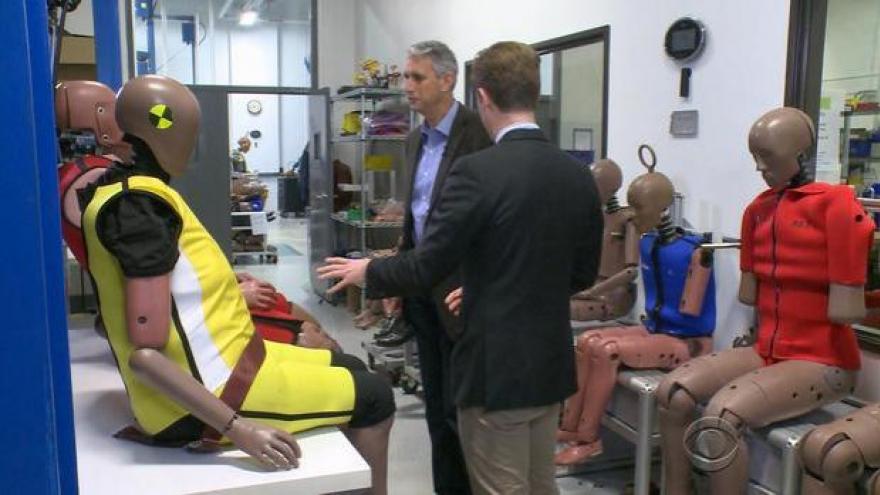















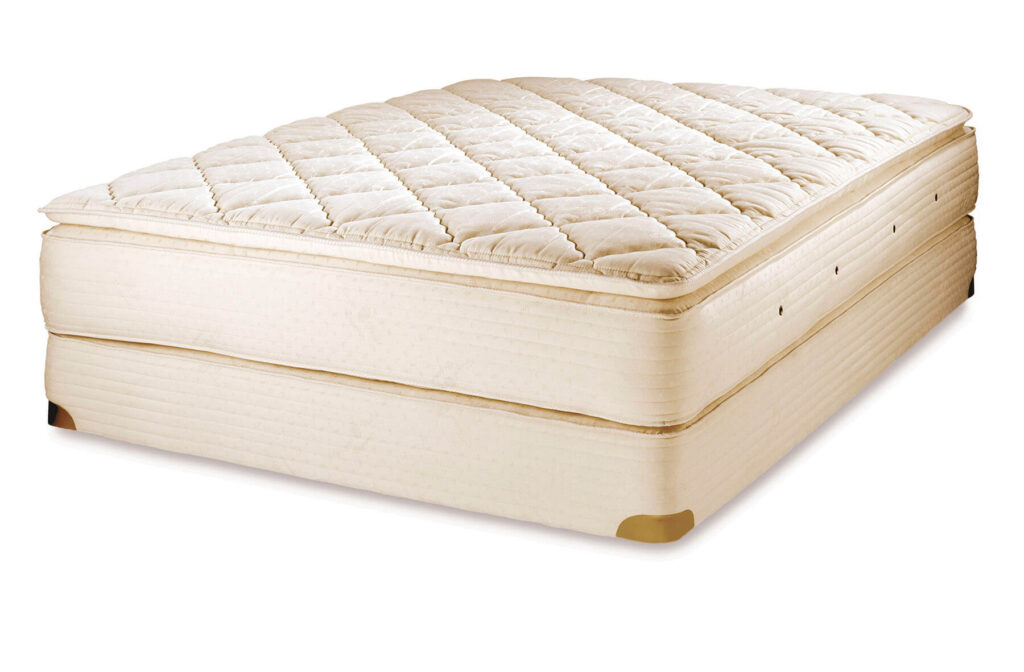



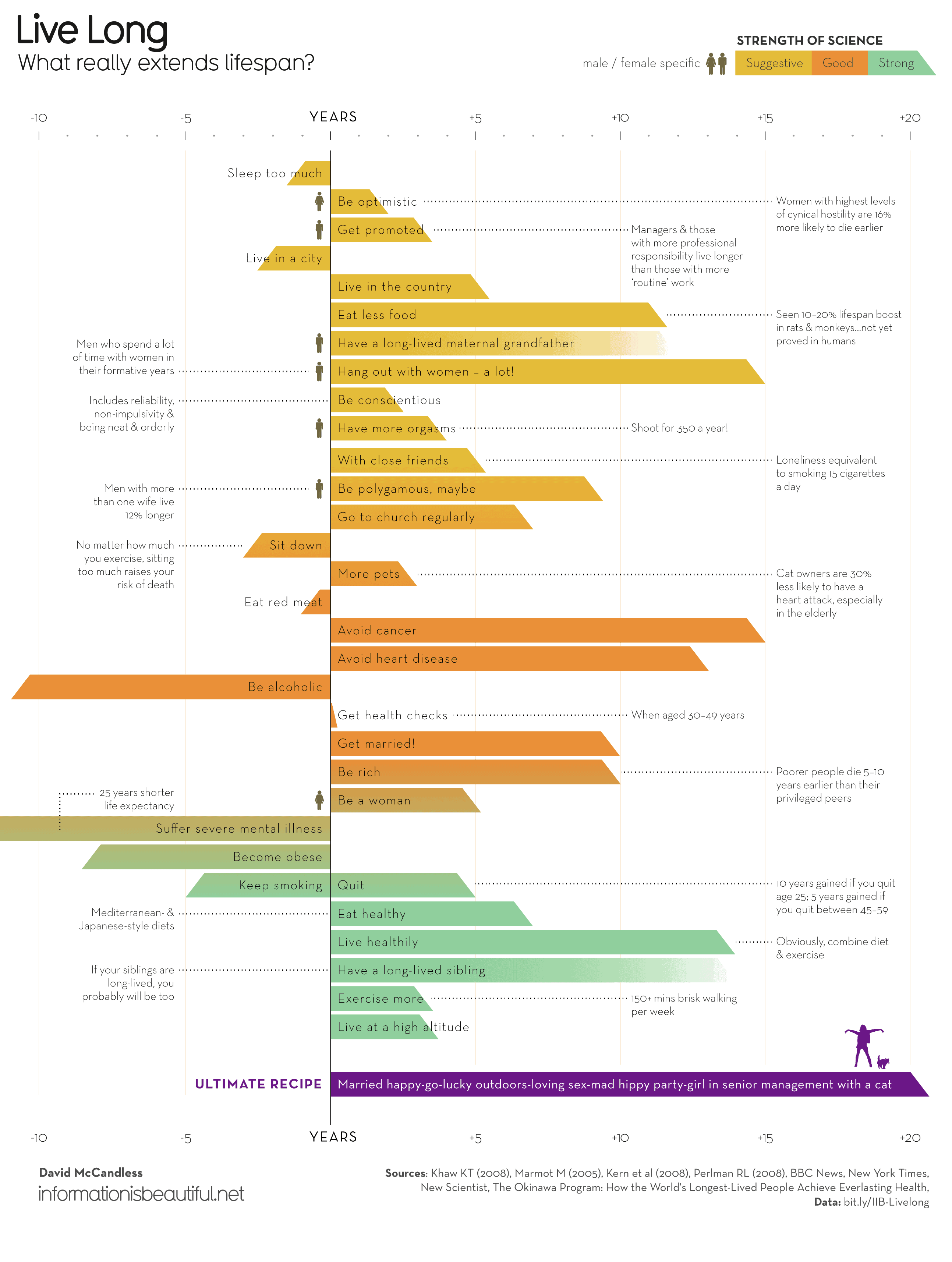
















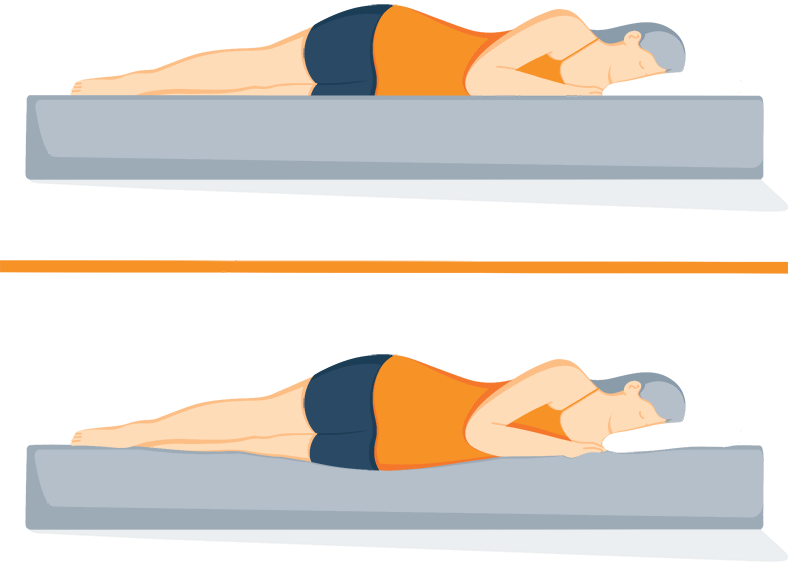
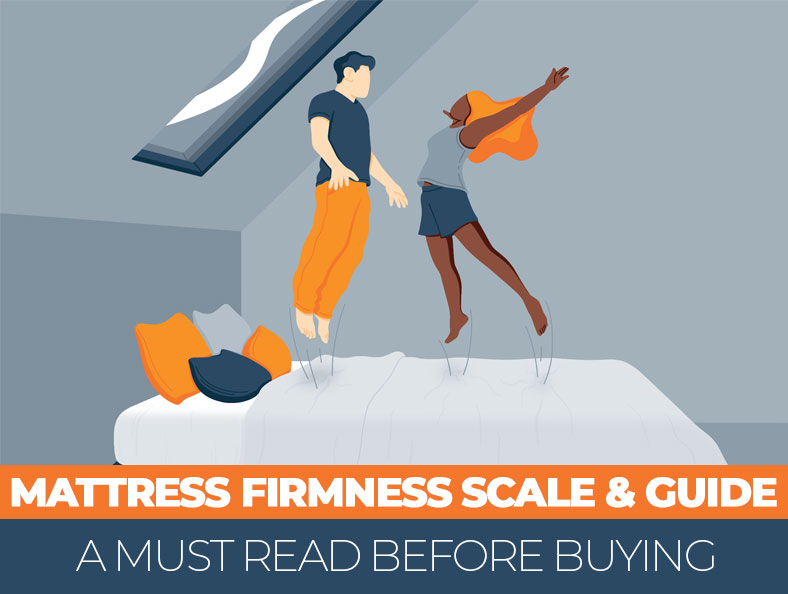




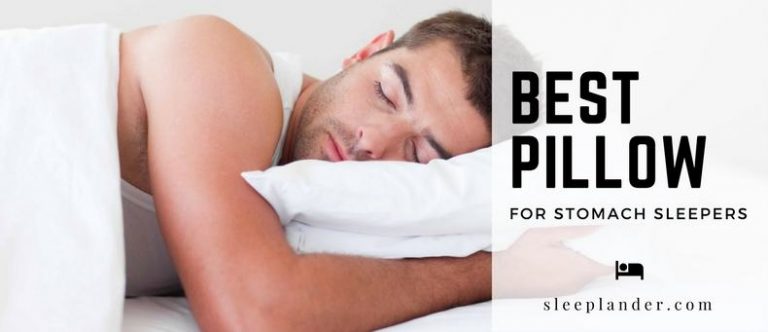










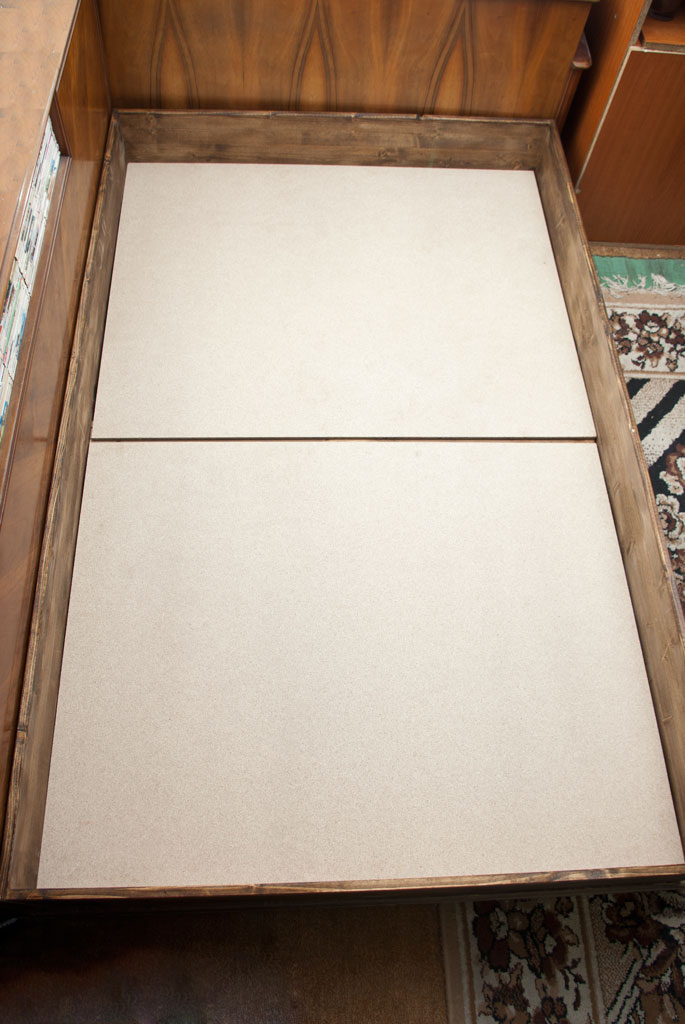


:max_bytes(150000):strip_icc()/types-of-bed-frames-5324684_final-12bd503db3014503bafc49f6db84bd79.png)
